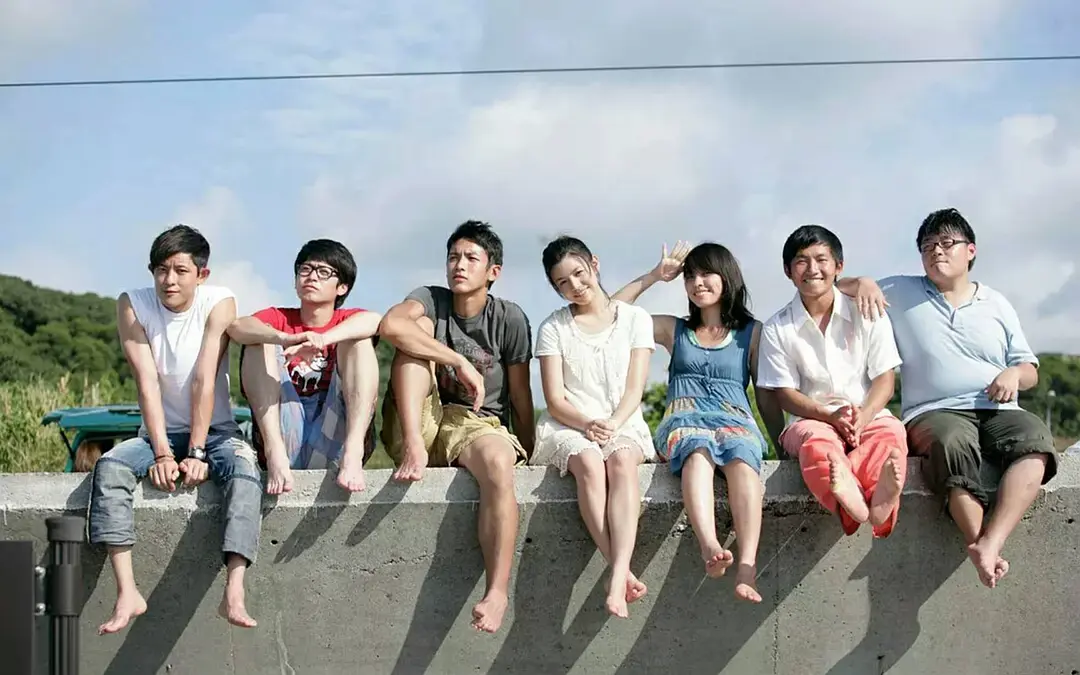本文节选自《经济学人》2019.01.26期,Business版块中的一篇关于共享单车的报道。
建议大家先自主阅读原文,再学习精读笔记。原文篇幅大,本文节选六段,可分次阅读,读完笔记后,回头再读原文段落,测试自己是否能够流畅阅读,把握文章脉络。
文末会总结此次学习写作可以使用的词句,读者也可自己总结。会定期将内容进行总结,做成word分享,希望大家也能坚持学习
Lessons from the fall of China’s bike-sharing pioneer
the fall of:……的衰落

bike-sharing:共享单车
中国共享单车先驱的衰落带来的启示。
1
When every colour had been claimed by rival bike-sharing firms, Qicai Bike (or “seven colours”)went for the whole rainbow. Onto these flashy frames it fixed glow-in-the-dark wheels, hoping perhaps for a night-time edge over competitors. Launched in June 2017, Qicai’s dockless bicycles joined those of over 70 other bike-share startups in Chinese cities, unlocked and paid for with aQR code through smart-phone apps.

当每一个颜色都被相互竞争的单车共享公司认领,七彩单车则认领了整个彩虹。七彩单车将夜光车轮安置在华丽的车架上,希望或许一晚上,就能胜过它的竞争者。2017年6月,七彩“无桩”共享单车与超过70家的共享单车公司一样,进入了中国城市,通过智能手机二维码解锁和支付
2
Yet it seemed clear by then that it was a two-bike race—a configuration typical of China’s feverish entrepreneurial battles. That same summer, Ofo, started by students at the elite Peking University in 2014, wheeled its dockless, buttercup-yellow bikes onto the Tibetan plateau, making Lhasa its 100th city. Its main competitor, Mobike, raised over $600m, the largest single dollop of funding in bike-sharing anywhere, in a round led by Tencent, a social-media giant. Each startup was valued at a fizzy $3bn or so.
然而,那时我们很清楚这是一场两家公司的竞赛——中国狂热企业战的典型配置。那个相同的夏天,在2014年由来自北京大学的学生们创立的Ofo,推动小黄车进入青藏高原,使拉萨成为拥有小黄车的第100个城市。它的主要竞争对手摩拜,募集超过6亿美元(单车共享最大的单笔资金投入),参加了一场由腾讯这一社交媒体巨头引导的竞赛。每个公司估价约为30亿美元。











